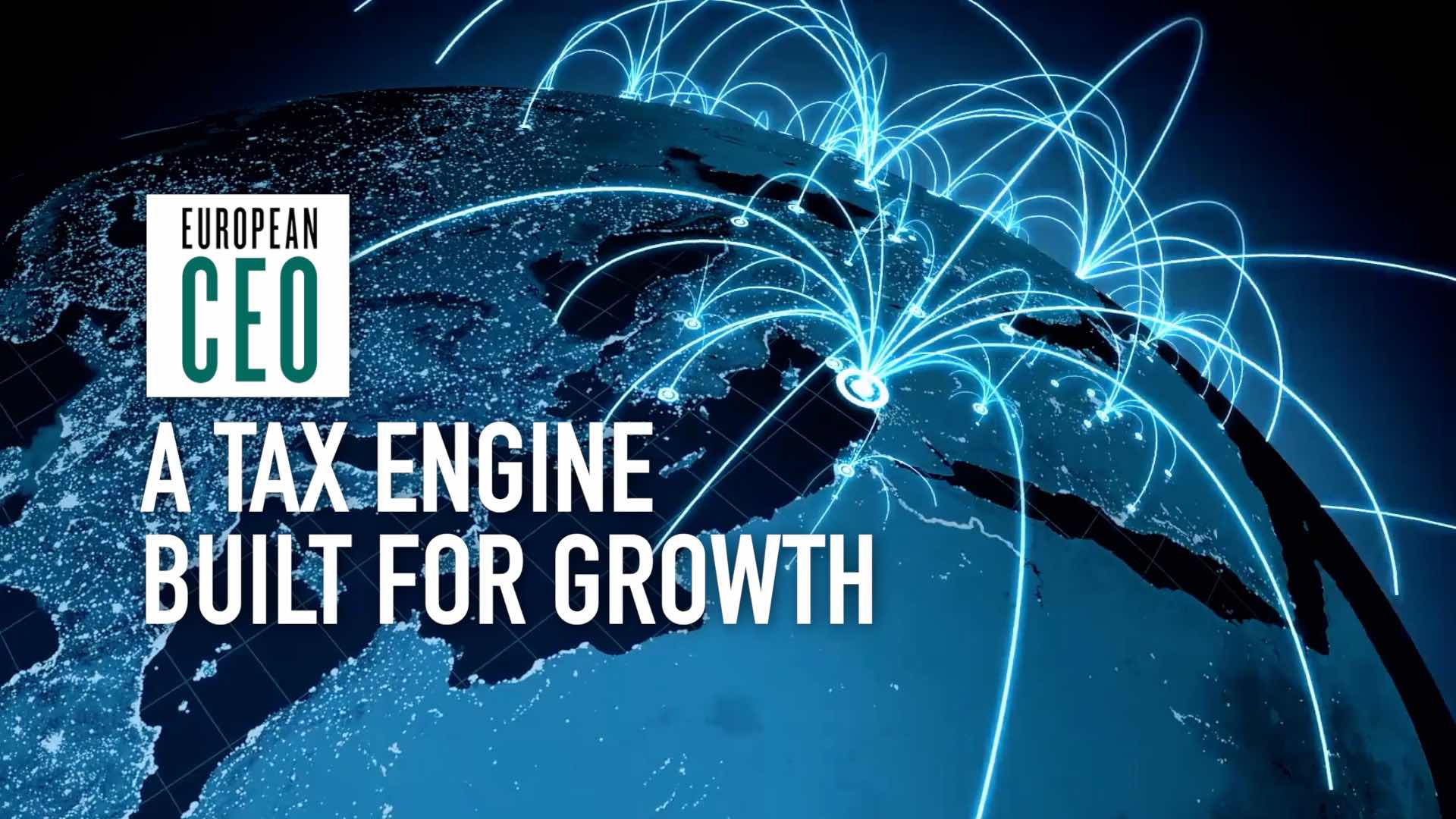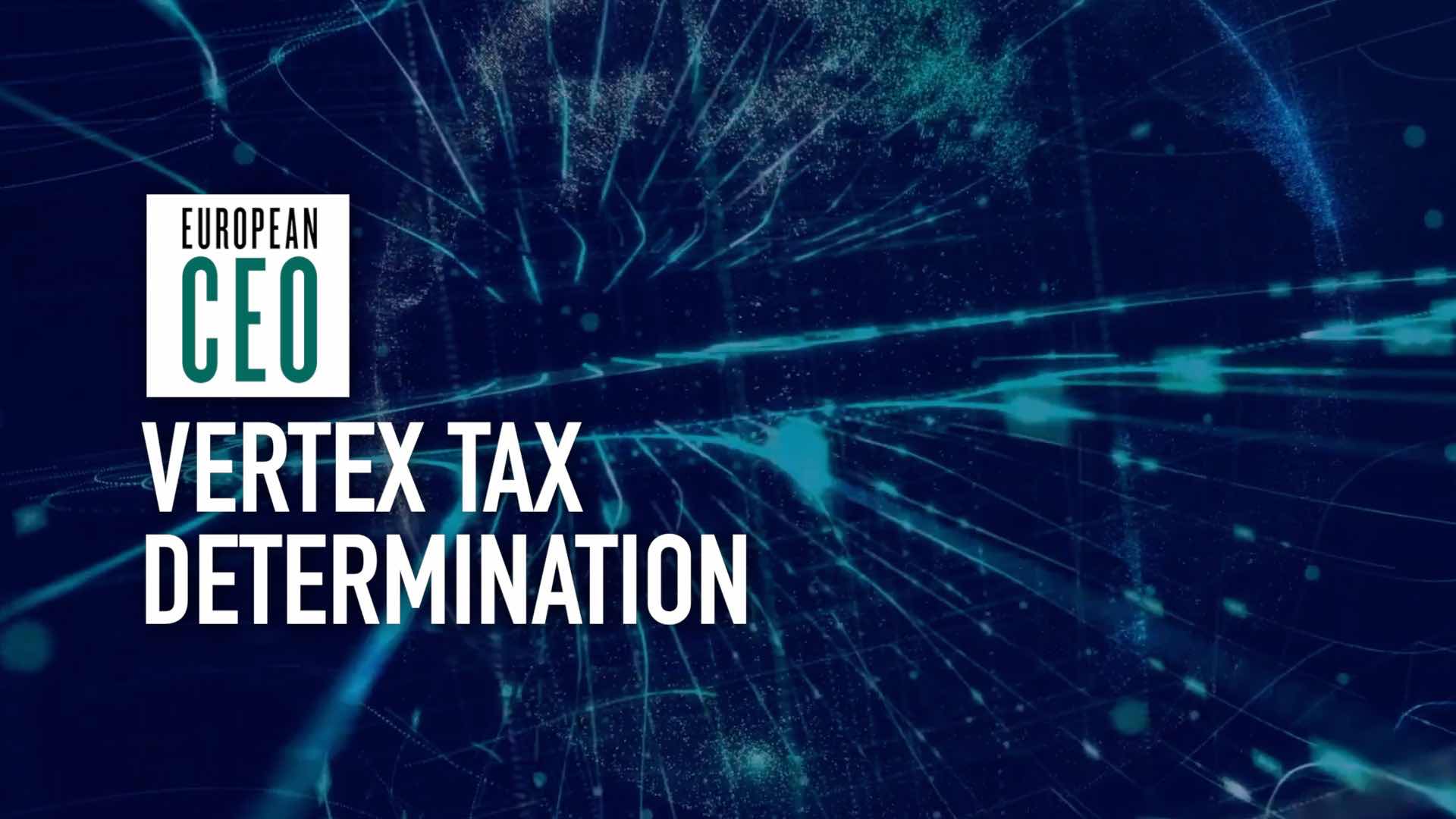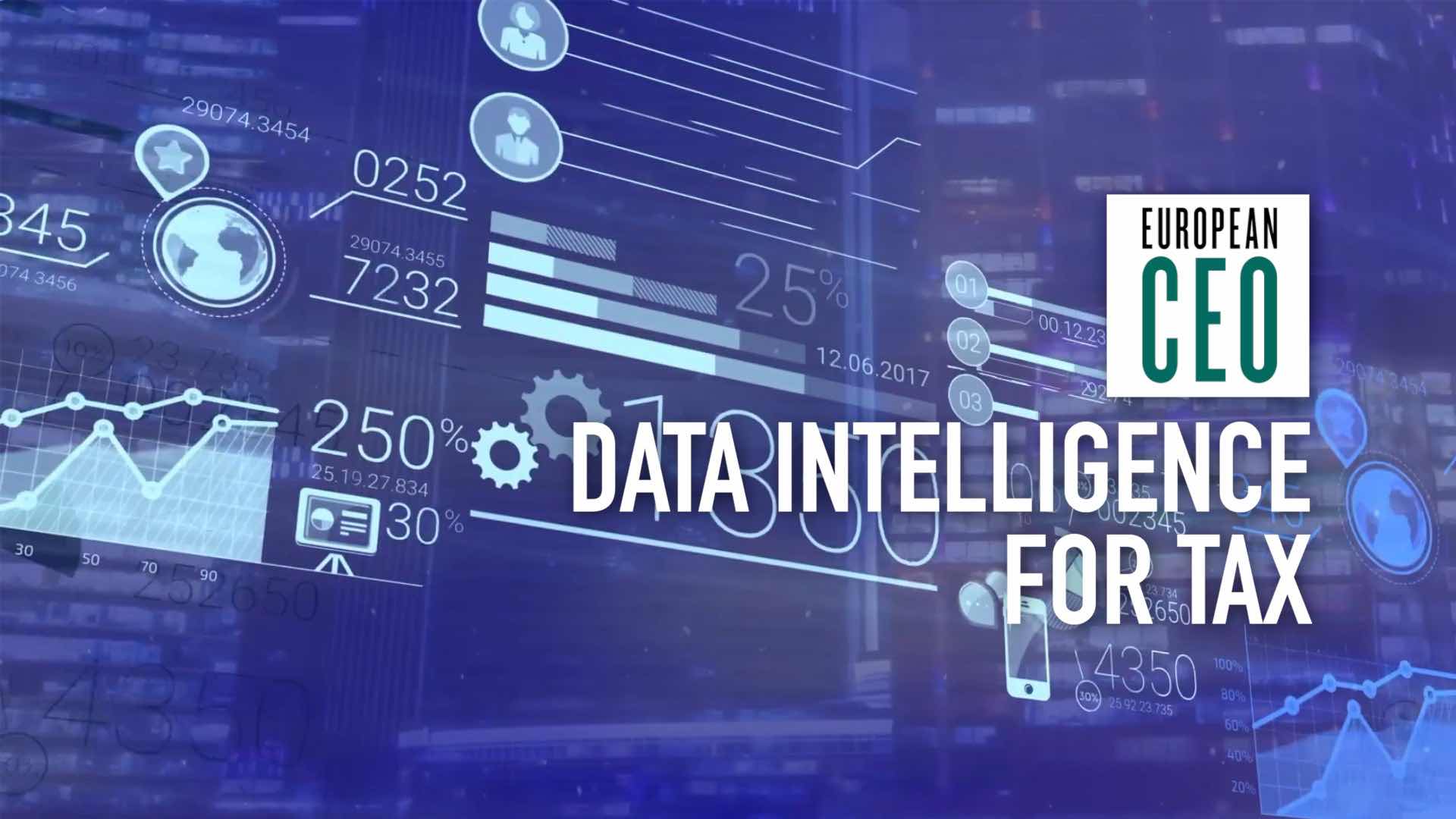dynaCERT helps diesel engines burn cleaner and more efficiently
CEO Jim Payne explains the Edison Award winning HydraGEN HG1 add-on unit for diesel engines
Transcript
dynaCERT is a carbon emission reduction technology company, which recently won a prestigious Edison Award for its HydraGEN HG1 – an add-on unit for diesel engines that generates hydrogen and oxygen, making the engine more efficient and environmentally friendly. CEO and President Jim Payne explains how the HydraGEN’s electronic control unit learns the optimum flow rate for each individual engine, giving end users a fuel economy improvement of 15-20 percent on average. He also explains the breadth of potential for the technology – from refrigerated containers and shipping to rail and power generation – and what’s next for dynaCERT’s development.
European CEO: Jim, tell me more about your HydraGEN technology; how does it work?
Jim Payne: Paul it’s quite simple; we take distilled water, and through a very unique electrolysis system, we convert it to hydrogen and oxygen.
Then we take the hydrogen and oxygen, and we introduce it to the internal combustion engine through the air intake.
By doing that we enhance the burn. If you go back 30-40 years there’s white papers proving the fact that the introduction of hydrogen enhances the burn of an internal combustion engine; it’s always being able to hit that sweet spot, because there’s that small sweet spot where you’ve got to hit it, or you do not get the benefits.
So the most important thing I think to our technology is our electronic control unit, what we call our smart ECU. It determines the flow rates it needs to optimise the burn. We have brought a team of engineers and experts within this field to be able to accomplish that. We have spent the last 14 years and over $35m developing this, along with putting over millions of kilometres on-road to have this thing proven.
It’s been quite a feat, quite a challenge, but the product’s been validated both in North America – Canada and the US – we’re currently doing the validation process in Europe through Germany, along with doing it in India, we’re currently working with the government in India for the same thing.
European CEO: Give me some numbers; what are you achieving in terms of fuel economy and emission reductions?
Jim Payne: We are improving the fuel economy on an average of 15-20 percent. We’ve actually seen up as high as 28 percent. We have third party accreditation from different firms showing a validation between 5.9 and 19.2 percent. We tell the end user to expect 10 percent; you know, I’d much rather under-promise and over-deliver.
By doing that, our unit first of all pays for itself on an ROI within one year or less.
More importantly we’re reducing the emissions on an average of 50 percent clear across the board. And this has been verified through government accredited facilities; you know, you take the NOX, one of the most deadly gasses from a diesel engine: we reduced that by 46.9 percent. The testing facility publicly said this was a result to be envied, so it’s very significant.
And the most important thing is, we’re reducing this at the source. This is not through a filtration system, this is literally at the combustion of the engine.
European CEO: You’ve been working mainly with road haulage vehicles, but the technology has broader applications.
Jim Payne: It certainly does, you know the first thing we really focused on after the trucking industry was what we call the reefer market. Now the reefer market is refrigerated trailers and containers, which are all over the globe. We worked with a major grocer back in Canada, which asked us if we could develop one for that. We developed a smaller unit; through a year of testing we’re showing up to 28 percent improvement in fuel economy.
But now moving beyond that we’re looking at shipping, we’re looking at rail. We’re now in power generation right here in Europe, in Germany. You know, we are expanding and growing very quickly, and it is a massive market. You know, there are literally millions and millions of diesel engines out there; there are millions built every day. I don’t think diesel’s going anywhere fast; I certainly think that there is a huge opportunity in helping reduce the emissions. The world has recognised the fact that greenhouse gasses and emissions are a big problem.
Myself, I’m a grandfather of seven grandchildren, and it’s important to me that we leave this place a better place than we came into it.
European CEO: So what’s next for dynaCERT’s development?
Jim Payne: I think right now we are seen as a global leader in this space; I think we are quite a ways ahead of any competitors. Our big focus in moving forward is certainly the shipping, the rail and the power generation. I think that’s a massive market, you know, massive engines that have really run under the radar screen for an awful long time, and are now just coming into focus that they’ve got to clean their act up.
I think that we give them a great opportunity and a great beneficial product where it’s a win-win situation.
You know, you look at so many other applications for this. I mean, if they put a scrubber on or something like that; yes, it can reduce the emissions but it costs them fuel efficiency.
By enabling to help them with the fuel efficiencies, along with reducing emissions at the same time, I think it’s an absolute win for everybody.
European CEO: Jim, thank you very much.
Jim Payne: Thank you.


 Vertex tax technology: How Siemens sought (and found) a tax calculation engine built for growth
Vertex tax technology: How Siemens sought (and found) a tax calculation engine built for growth Vertex tax technology: Global tax determination at speed and scale
Vertex tax technology: Global tax determination at speed and scale Vertex tax technology: Data intelligence for tax
Vertex tax technology: Data intelligence for tax